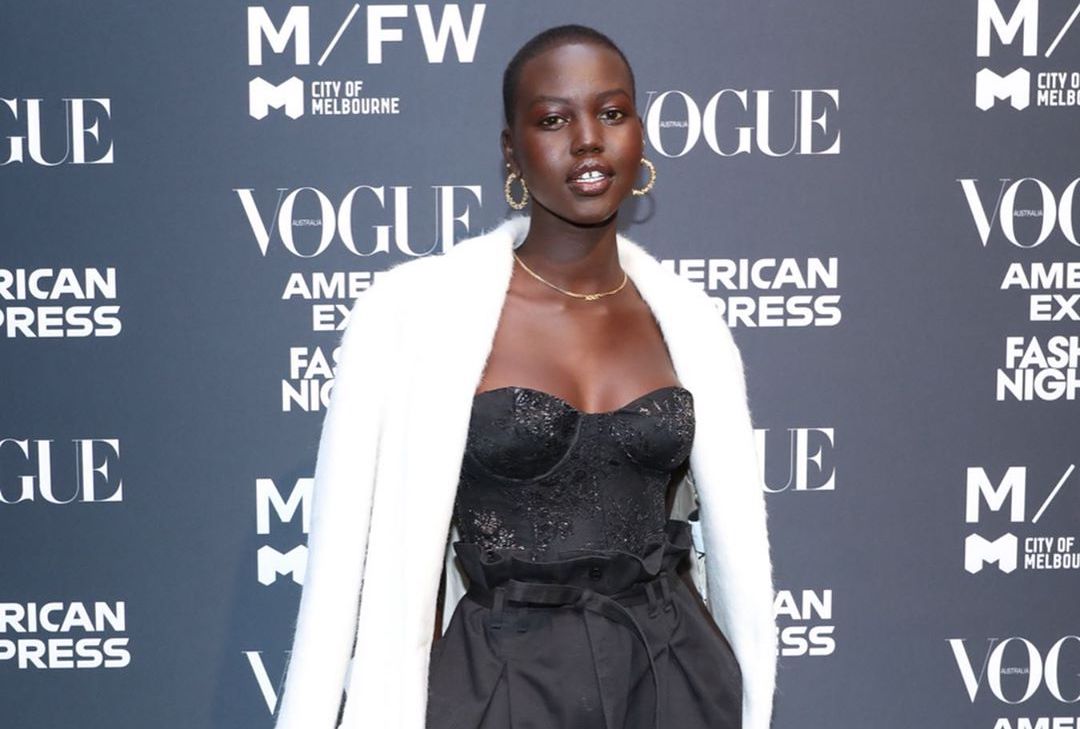
6 Times the Fashion Industry Shocked Us With Its Racism
November 15, 2019
Rana Good is the founder of Naïra NYC. A writer for publications such as Forbes, Travel + Leisure, Coveteur, Mens Journal and others, she created her own platform celebrating women of color.
It’s 2019 and racism in the fashion industry continues to be a problem. Every time we think the industry has finally gotten it, it turns around and does something that indicates there’s a lack of diversity in editorial meetings and insensitivity on the subject of race.
Recently, Elle Germany faced backlash for their November issue, which on its cover proclaimed “Black is Back” (with a white model on the cover) and inside the issue managed to misidentify two models and insult an industry veteran. Instagram account @dietprada first shed light on the issue.
This scandal is one of many instances in which magazines or fashion brands publish insensitive content and then claim it was “a mistake.” At Naïra NYC, we champion diversity and would like these kinds of instances to come to an end. We think the first step in this is analyzing past mistakes to prevent them from happening again. Here are six instances of racism in the fashion industry — let’s hope this kind of behavior stops.
1. Elle Germany
The cover of their November 2019 issue proclaimed “Black is Back” — which in itself is strange since black people are definitely not a trend. Paired with a white woman on the cover it was an odd statement. However, the article inside was even worse.
It mentioned six black models who were new to the industry in an attempt to celebrate them and how they added diversity to the industry. Weirdly, they mentioned Joan Smalls, a supermodel that has years on the industry, as an emerging talent. The Puerto Rican model is an industry titan who has walked for Chanel, Prada, and Gucci. Perhaps the editors just weren’t aware of her? Then the piece misidentified model Naomi Chin Wing with Janaye Furman — the publication celebrated black models so much that it couldn’t even identify them correctly.
2. WHO
Adut Akech (pictured above) is one of Australia’s most successful models and was recently featured with a lengthy interview in the magazine WHO. Sounds great, right? Except there was one big problem — they used a photo of the model Flavia Lazarus instead of her. In an Instagram post, the model wrote: “This has upset me, has made me angry, it has made me feel very disrespected and to me is unacceptable and inexcusable under any circumstances.” She adds, “not only do I personally feel insulted and disrespected but I feel like my entire race has been disrespected too and it is why I feel it is important that I address this issue.”
3. Glamour Brazil
In November 2016 Glamour Brazil was about to launch a new project Glamour in Japan which could have been a great moment in celebrating Japanese culture. Instead, it turned into a racist debacle when a group of editors of the magazine posted a photo on Instagram with their hands on their eyes, pulling them at the corners, trying to create a slanted shape. Both racist and childish, the post caused outrage with Asian editors and influencers like Eva Chen and Bryan Boy who called out their Instagram post.
4. Vogue Brazil
Not sure why a country as diverse as Brazil keeps getting things wrong, but we suspect that the boardrooms of the country’s fashion publications are not representative of its population. In February of this year, Donata Meirelles, fashion director of the Brazilian edition of Vogue threw a party for her 50th birthday party. One of the photo opps was a throne-like seat flanked by black women dressed in white who were made to pose alongside whoever sat in the seat. It was reminiscent of the uniforms worn by house slaves and the seat resembled a cadeira de sinhá, an opulent chair designated for slave masters. After the photos caused outrage in Brazil, Donata Meirelles resigned from her position.
5. Dolce & Gabbana
To promote their upcoming runway show in Shangai, the Italian brand Dolce & Gabbana uploaded three videos to Chinese social media network Weibo during which women attempted to eat pizza and cannolis with chopsticks. In the background, a man with a mocking tone was explaining to them how to eat them. The videos only lasted 24 hours as many complained about the racist and condescending undertones of the content.
6. Jackie
The magazine profiled Rihanna, and they called her, get this, a “half-naked Jamaican” even though Rihanna is from Barbados. And the story gets worse, they had the nerve of calling her “the ultimate niggabitch” and referred to her style as “porn heels” and “ghetto ass.” The singer called out the publication, saying “I hope u can read english, because your magazine is a poor representation of the evolution of human rights! I find you disrespectful, and rather desperate!!” on Twitter. The editor in chief resigned shortly after.
After all these incidents the brands and magazines apologized but the damage was done.
We get it — everyone makes mistakes but in today’s world there’s no place for racism, ignorance, and insensitivity. This should be a wake-up call to everyone to accurately and intelligently present diversity in the fashion and beauty industries. One easy way to fight racism in the fashion industry is to hire diverse staff to enrich ideas in a newsroom and to have someone who can step in when something isn’t right.